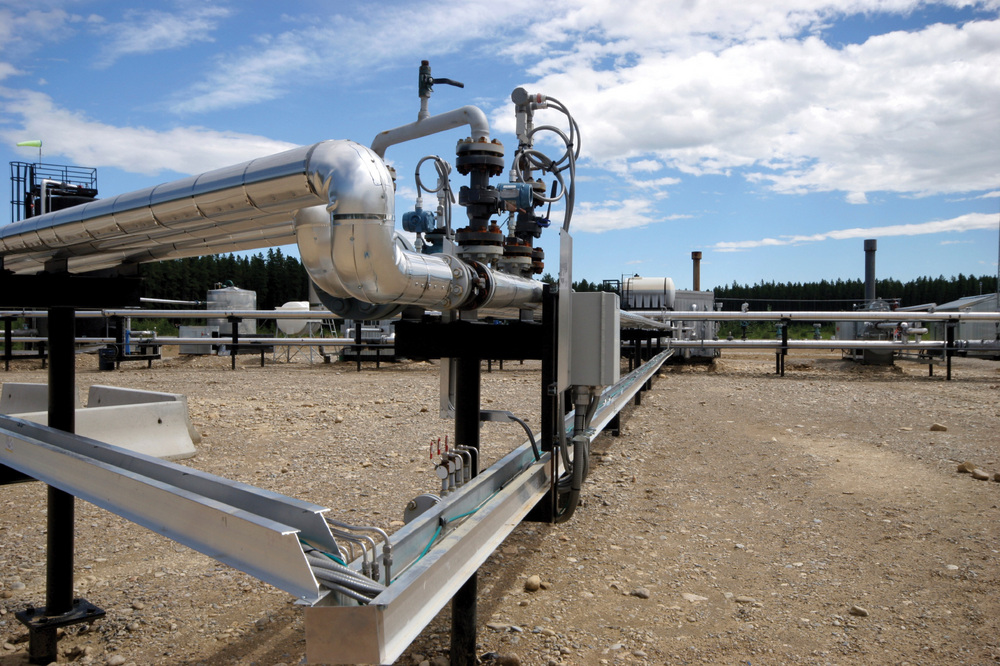An Oil Field Niche Market

March 9, 2011
BY Luke Geiver
The Bakken Oil formation located mainly in Western North Dakota holds a high volume of oil that, until the development of horizontal drilling and hydraulic fracturing, was mostly unrecoverable, according to Glen Wollan, field supervisor for the state’s Oil and Gas division. “Our production has gone from less than 100,000 barrels per day to roughly 370,000 barrels per day,” Wollan says, and the reason is directly linked to the new drilling practices. The technology involves a well bore that reaches roughly 10,000 feet before angling at 90 degrees and combines with a water-based pressure injection system that “fracks” segments of the otherwise impenetrable rock. The pressure opens areas of the rock formation, allowing oil recovery, all made possible by a variety of fluids, including, in some instances, diesel fuel.
During the mud drilling phase, diesel provides lubrication and a circulation vessel for the upward removal of the rocks and debris from the well bore as the vertical well is made. Environmental issues regarding the diesel left in the earth from the process have drawn public concern. Is this drilling technology an area of expansion for biodiesel use? Wollan says biodiesel has been used in some aspect of the oil drilling process, but fracking fluids, which are used to provide a lubricant and vehicle to get the chemicals and additives to the drilling holes, are not disclosed by the fracking companies.
Advertisement
—Luke Geiver
Advertisement
Upcoming Events





